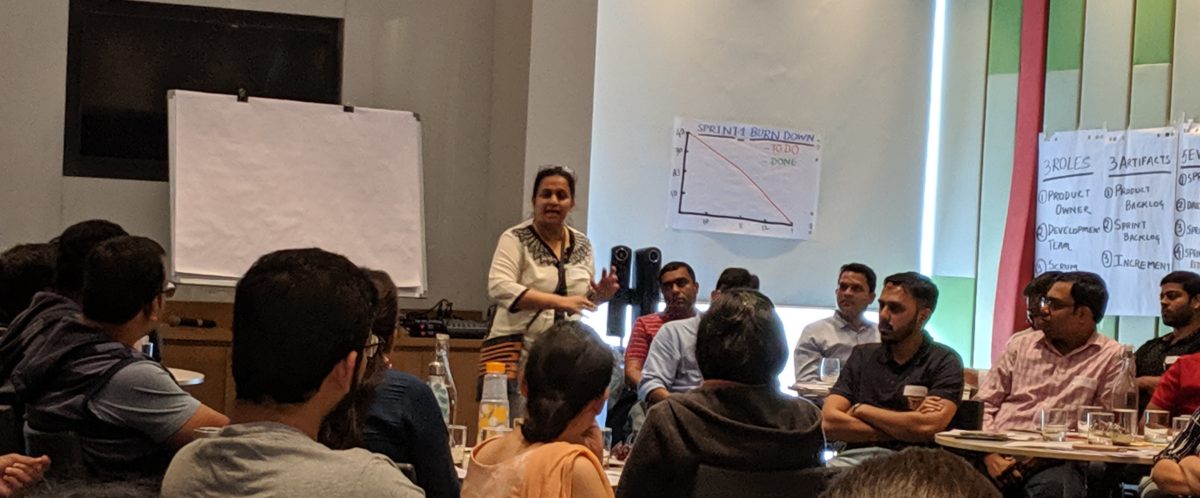Common Misconceptions and negative implications
Most organizations and Agile experts implement Sprint Length as a fixed length baselined at the time of writing a SoW or a contract.
Recommendations
- Scrum Guide recommendation is to keep the Sprint Length “Consistent”. Scrum Guide does NOT recommend a “Fixed” Sprint Length. We can change Sprint Length if there are negative implications being caused because of incorrect Sprint Lengths.
- Considerations for changing the Sprint Lengths
- Changing Longer Sprint Lengths to shorter Sprint Lengths (say 4 weeks to 2 week)
- The scope keeps changing during the Sprint and Sprint Backlog becomes a mess. What we started off at the time of Sprint Planning and what we ended up in a Sprint Review is drastically different
- Teams develop a “student syndrome”. Means – team takes it easy for the first couple of weeks. Then goes for a dash to the finish. The team then ends up working 18 hour days for last 2-3 days
- The feedback is so drastic each Sprint Review that you need to re-work the whole thing. Think about the Sprint Length if this happens frequently.
- Teams and PO don’t speak to PO often and communication breaks down resulting in no or minimal feedback during the Sprint.
- Changing Short Sprint Lengths to Longer Sprint Lengths (say 1 week to 4 week)
- Teams come under a huge stress. Deliverable every Friday is not easy. The stress levels take a toll and teams get sick of the stress.
- Innovation goes down with very short sprint lengths. Teams become very “short-term” focussed.
- Dividing items into smaller units becomes difficult. Beyond a point, breakdown of Product Backlog Items becomes a formality/academic rather than a real need.
- Spilled-over work to next Sprint becomes common with very short sprint lengths. Teams are unable to create something useful.
- Motivation goes down because of stress levels or not being able to get the Sprint to produce something usable every Sprint or stakeholders constantly feeling upset about not being able to complete.
- DISCLAIMERS SO THAT YOU DON’T MIS-UNDERSTAND OUR STATEMENTS ABOVE
- DO NOT keep changing the Sprint Lengths often. Try a Sprint Length, see if it works. If it does not work, then change. Once you find a length which is solving most of the problems, then stick with it. Be CONSISTENT. Being able to change the Sprint Length does not mean you become random and chaotic in the way you work.
- DO NOT think that there is a “PERFECT Sprint Length”. There can never be a “Perfect Sprint Length”. See what Sprint Length solves “MOST” of your issues.
- DO NOT change the Sprint Length when you are inside the Sprint. Just because you are not completing a Scope, does not mean, you change the Sprint Length by extending it. Sprint ends when a Timebox ends. You may think about changing the Sprint Length from the next sprint onwards.
This article is re-published on WORLD OF AGILE website –https://worldofagile.com/blog/myth-about-baselining-the-sprint-lengths-at-the-start-of-the-project/
